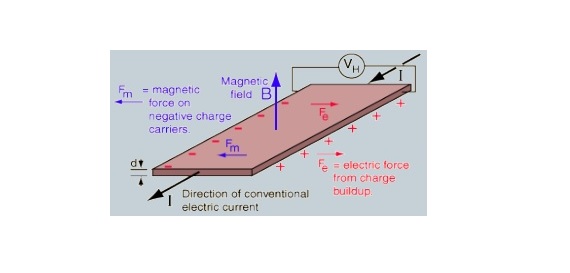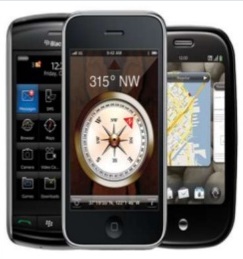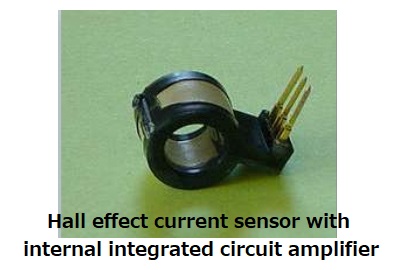The Hall effect was discovered 18 years before the discovery of electrons i.e. in 1879 by Edwin Herbert Hall.
This achievement happened when he was working on his doctoral degree at the Johns Hopkins University in Baltimore, Maryland, USA.
What is Hall Effect
The Hall effect is the production of a voltage difference (the Hall voltage) across a current carrying conductor (in presence of magnetic field), perpendicular to both current and the magnetic field.
When a current-carrying conductor is placed into a magnetic field, a voltage generates perpendicular to both the current and the field.

When a perpendicular magnetic field is present. A Lorentz force is exerted on the electron.
Due to which Electron moves in perpendicular direction to both current and Magnetic Field.
This develops a potential difference across the conductor or semiconductor.

This creates internal electric potential, known as Hall voltage.
𝑉ℎ= 𝐵∗𝐼 / 𝑛∗𝑒∗𝑑
where ‘d’ is the thickness of the metal along the direction of Magnetic field.
Hall coefficient
The Hall coefficient is the ratio of the induced electric field to the product of the current density and the applied magnetic field.
It is a characteristic of the material from which the conductor is made.
The value of Hall coefficient depends on the type, number, and properties of the charge carriers that constitute the current.
Formula for Hall coefficient in metals is:
RH = Ey /(jx * Bz)
Formula for Hall coefficient in semiconductors is:
![]()
Application of Hall Effect
Some of the usages of hall effect include:
- Magnetometers, i.e. to measure magnetic field.
- Hall effect sensor is also used as Current Sensor.
- Magnetic position sensing in Brushless DC Electric Motors
- Automotive fuel level indicator.
- Spacecraft propulsion.
Hall Effect in Magnetometers
Smart phones are equipped with magnetic compass. These compass measure Earth‘s magnetic field using 3-axis magnetometer.
These magnetometer are sensors based on Hall Effect.
These sensors produce a voltage proportional to the applied magnetic field and also sense polarity.
Working Example of Hall Effect Sensors
When electrons flow through a conductor, a magnetic field is produced.
This has several advantages:
- No additional resistance (a shunt) need to be inserted in the primary circuit.
- Also, the voltage present on the line to be sensed is not transmitted to the sensor, which enhances the safety of measuring equipment.

Application of Hall effect based sensors
- Hall Effect Switches
- Unipolar Switches
- Bipolar Switches
- Hall Effect Fan Motor Drivers
- Hall Effect Latches
- Linear Hall ICs
- Special-Purpose Hall ICs
- Triaxis® Hall ICs
Hall Effect in Motors
Some types of brushless DC electric motors use Hall effect sensors to detect the position of the rotor and feed that information to the motor controller.
Therefore this allows for more precise motor control.
Automotive Fuel Level Indicator
The main principle of operation of such indicator is position sensing of a floating element.
When Button magnet mounts on the surface of a floating object.
The current carrying conductor fits on the top of the tank lining up with the magnet.
As level of fuel rises, an increasing magnetic field is applied on the current resulting in higher Hall voltage. As a result the fuel level is indicated and displayed by proper signal condition of Hall voltage.

Below are different Hall effect types:
- Magnetic Hall effect
- Quantum Hall effect
- Spin Hall effect
- Quantum spin Hall effect
- Anomalous Hall effect
Discover more from Electrical Engineering 123
Subscribe to get the latest posts sent to your email.

